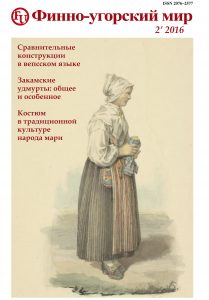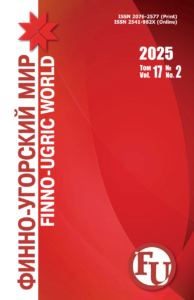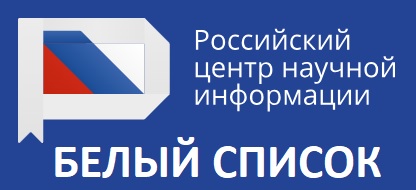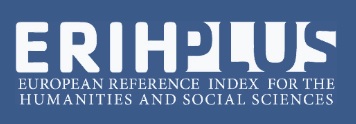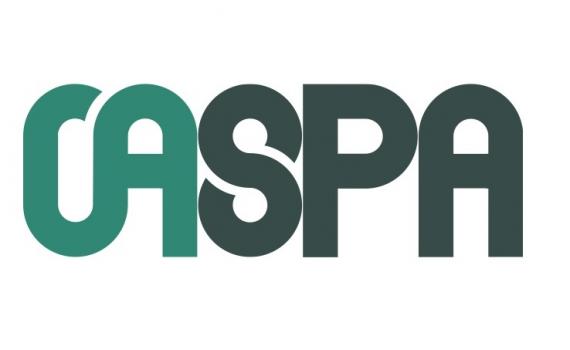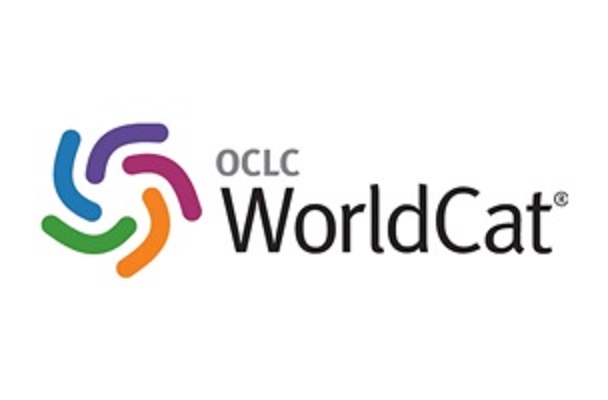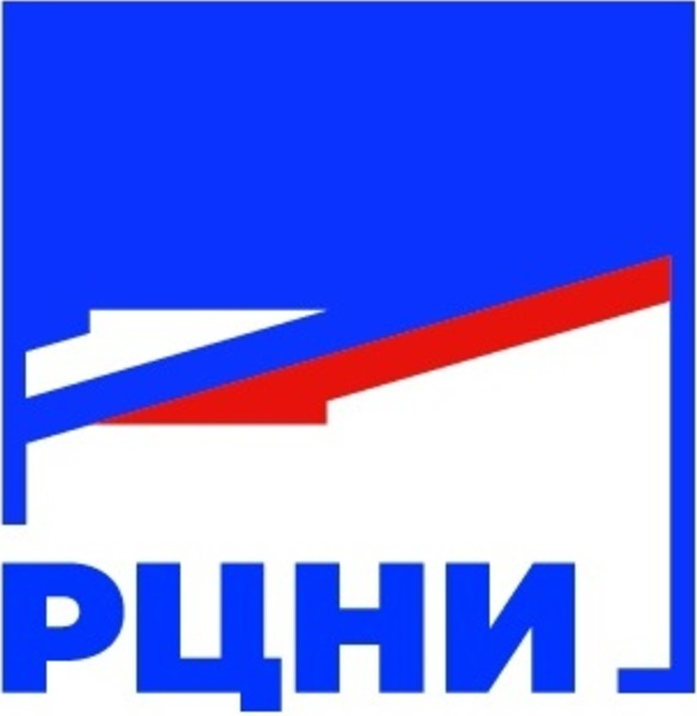Antonov Yuri G.,
Doctor of Philology, Head of the Department of Finno-Ugric Literatures, Ogarev Mordovia State University (Saransk, Russia), antonov-ug69@yandex.ru
Bulycheva Arina A.,
Associate Professor, Department of Library and Information Resources, Ogarev Mordovia State University (Saransk, Russia), bulychevaaa@yandex.ru
Burnaev Alexander G.,
Doctor of Arts, Professor, Head of the National Choreography Department, Ogarev Mordovia State University (Saransk, Russia), burnaevag@mail.ru
Voldina Tatyana V.,
Candidate Sc. {History}, Leading Research Fellow, Ob-Ugric Institute of Applied Research and Development (Khanty-Mansiysk, Russia), tatyanavoldina@yandex.ru
Eliseeva Yulia A.,
Doctor of Philosophy, Head of the Department of Library and Information Resources Ogarev Mordovia State University (Saransk, Russia), eliseewayu@rambler.ru
Zhutkina Tatiana P.,
Candidate Sc. {History}, Associate Professor, Department of Humanities and Foreign Languages, Saransk Cooperative Institute (Branch) of Russian University of Cooperation (Saransk, Russia), t.p.zhutkina@rucoop.ru.
Zorina Zoya G.,
Doctor of Philology, Professor, Department of Intercultural Communication, Mari State University (Yoshkar-Ola, Russia), zorinazoia@mail.ru
Ivanova Galina P.,
Candidate Sc. {Philology}, Associate Professor, Department of Russian Language, Novosibirsk State University of Architecture and Civil Engineering (Novosibirsk, Russia), tervhen66@mail.ru
Kondratieva Natalia V.,
Candidate Sc. {Philology}, Director of the Institute of Udmurt Philology, Finno-Ugric Studies and Journalism, Udmurt State University (Izhevsk, Russia), nataljakondratjeva@yandex.ru
Kubantsev Trofim I.,
Doctor of Philology, Professor, Department of Finno-Ugric Literatures, Ogarev Mordovia State University (Saransk, Russia), fac-phyl@adm.mrsu.ru
Lebedev Anton V.,
Candidate Sc. {Cultural Studies}, Associate Professor, Department of English for Professional Communication, Ogarev Mordovia State University (Saransk, Russia), toshaleb@mail.ru
Levina Ekaterina V.,
Graduate Student of Folk Art, Ogarev Mordovia State University (Saransk, Russia), catherine1995@yandex.ru
Loginova Nina N.,
Candidate Sc. {Geography}, Associate Professor, Department of Physical and Socio-Economic Geography, Ogarev Mordovia State University (Saransk, Russia), log-nina@yandex.ru
Luzgin Alexander S.,
Doctor of History, Chairperson of Executive Committee of Interregional Public Organization of Mordovian (Moksha and Erzya) People (Saransk, Russia), mordvarf@mail.ru
Mosin Mikhail V.,
Doctor of Philology, Head of the Department of Finno-Ugric and Comparative Linguistics, Ogarev Mordovia State University (Saransk, Russia), fac-phyl@adm.mrsu.ru
Moskaleva Elena G.,
Candidate Sc. {Economics}, Associate Professor, Department of Accounting, Analysis and Audit, Ogarev Mordovia State University (Saransk, Russia), moskaleva_eg@list.ru
Nikitina Galina A.,
Doctor of Historical, Professor, Leading Research Fellow, Udmurt Institute of History, Language and Literature, Ural Branch of Russian Academy of Sciences (Izhevsk, Russia), nikitina@udnii.ru
Nuriyeva Irina M.,
Doctor of Arts, Leading Research Fellow, Udmurt Institute of History, Language and Literature, Ural Branch of Russian Academy of Science (Izhevsk, Russia), nurieva-59@mail.ru
Pavlova Anzhelika N.,
Doctor of Historical Sciences, Associate Professor, Head of the Department of History and Psychology, Volga State University of Technology (Yoshkar-Ola, Russia), angpan@rambler.ru
Prokina Margarita E.,
Teacher of History and Social Studies, Municipal Educational Institution “Secondary School Number 32 with In-Depth Study оf Specific Subjects” (Saransk, Russia),
margaritaprokina@yandex.ru
Rakin Anatoly N.,
Doctor of Philology, Chief Research Fellow of Language Sector, Institute of Language, Literature and History of the Komi Scientific Center, Ural Branch of the Russian Academy of Sciences (Syktyvkar, Russia), anatolij.rakin@mail.ru
Rogachev Vladimir I.,
Doctor of Philology, Professor, Department of Literature and Methods of Teaching Literature, M. E. Evsevev Mordovia State Pedagogical Institute (Saransk, Russia), rogachev-v@bk.ru
Sarantseva Elena G.,
Candidate Sc. {Economics}, Associate Professor, Department of Accounting, Analysis and Audit, Ogarev Mordovia State University (Saransk, Russia), sarantseva@bk.ru
Tanaseichuk Andrei B.,
Doctor of Cultural Studies, Professor, Department of Russian and Foreign Literature, Ogarev Mordovia State University (Saransk, Russia), atandet@yandex.ru
Tarasov Alexander A.,
Candidate Sc. {History}, Docent, Chair of the Humanities, Saransk Cooperative Institute (Branch) of Russian University of Cooperation (Saransk, Russia), a.a.tarasov@rucoop.ru
Chelmakina Larisa A.,
Candidate Sc. {Economics}, Associate Professor, Department of Accounting, Analysis and Audit, Ogarev Mordovia State University (Saransk, Russia), lchel@mail.ru
Shabayev Yuri P.,
Doctor of History, Professor, Head of the Department of Ethnography, Institute of Language, Literature and History of the Komi Scientific Center, Ural Branch of Russian Academy of Sciences (Syktyvkar, Russia), yupshabaev@mail.ru
Shibanov Viktor L.,
Candidate Sc. {Philology}, Associate Professor, Department of Udmurt Literature and Literature of Peoples of Russia, Udmurt State University (Izhevsk, Russia), shibvik@ramdler.ru
Shkolkina Irina N.,
Candidate Sc. {Philosophy}, Associate Professor, Department of Philosophy, Ogarev Mordovia State University (Saransk, Russia), cattyolenka@gmail.com

